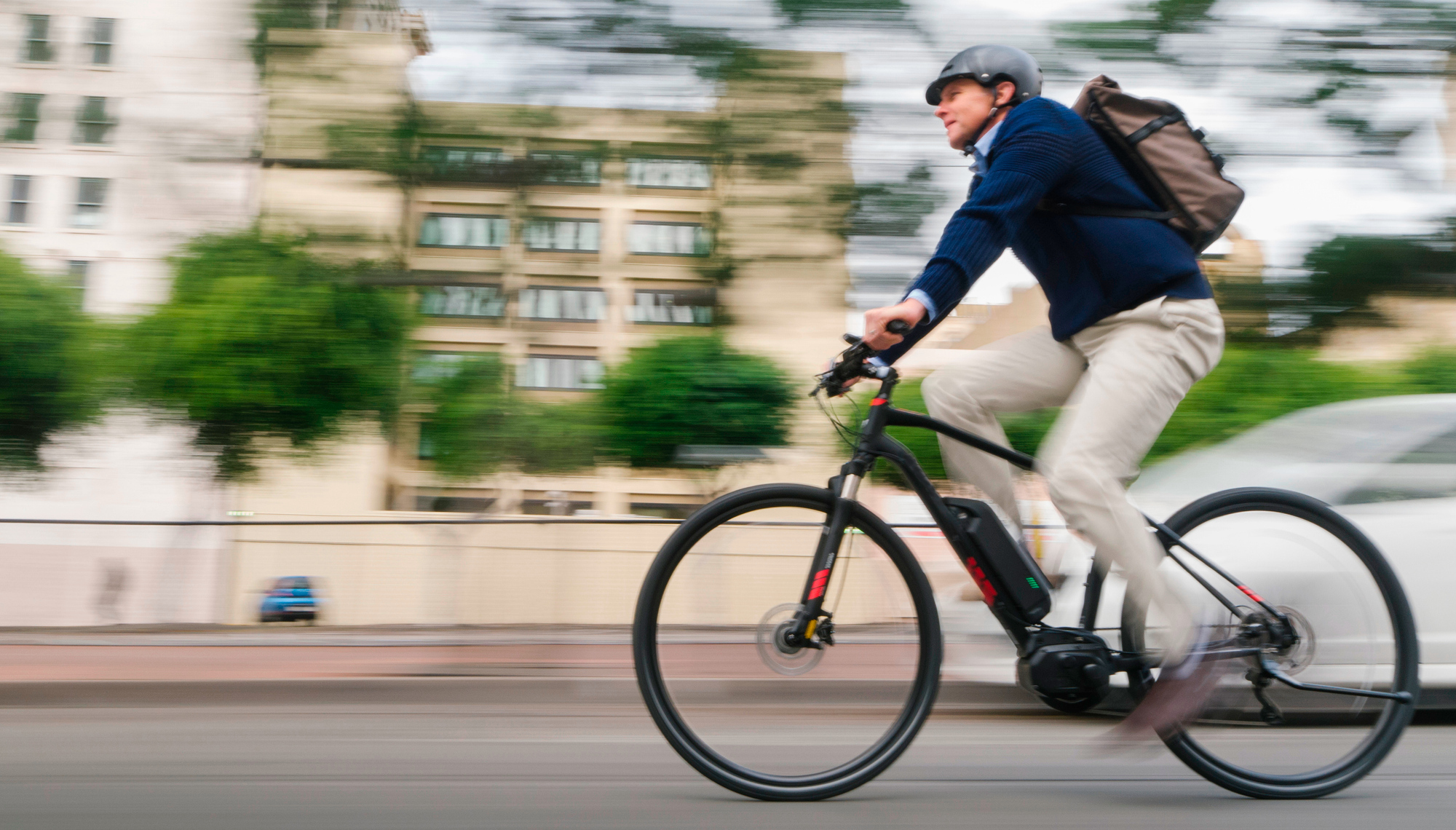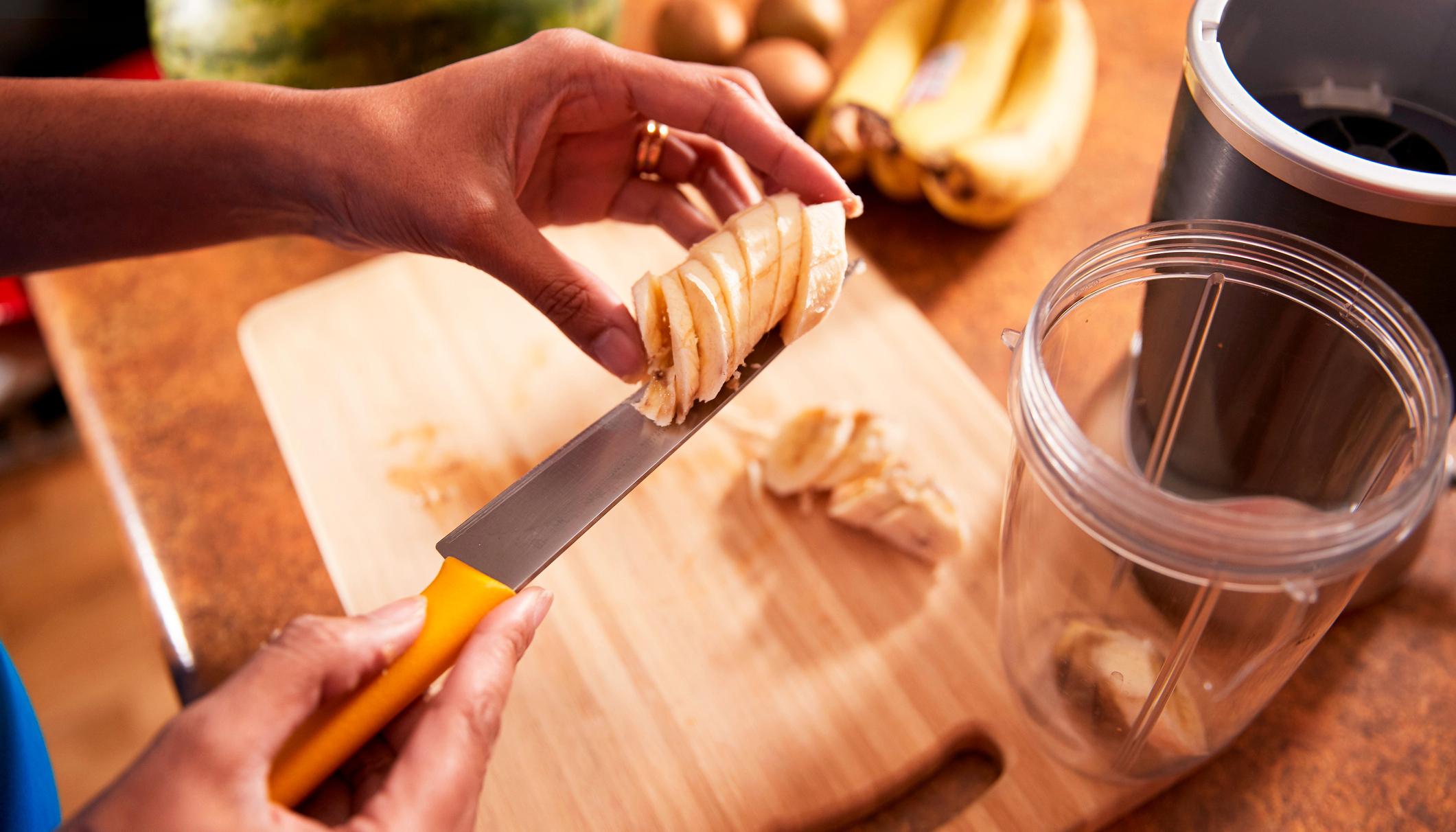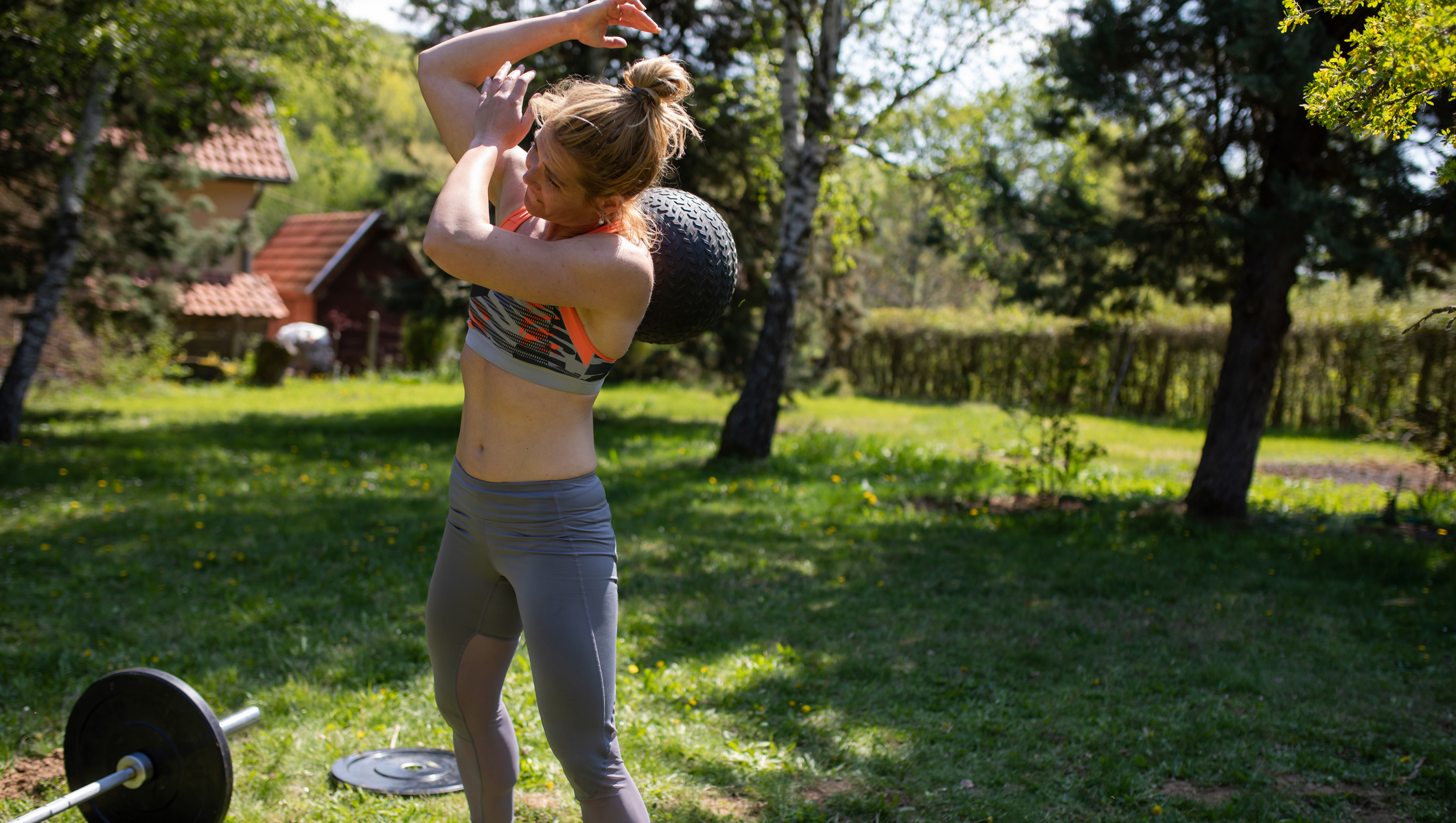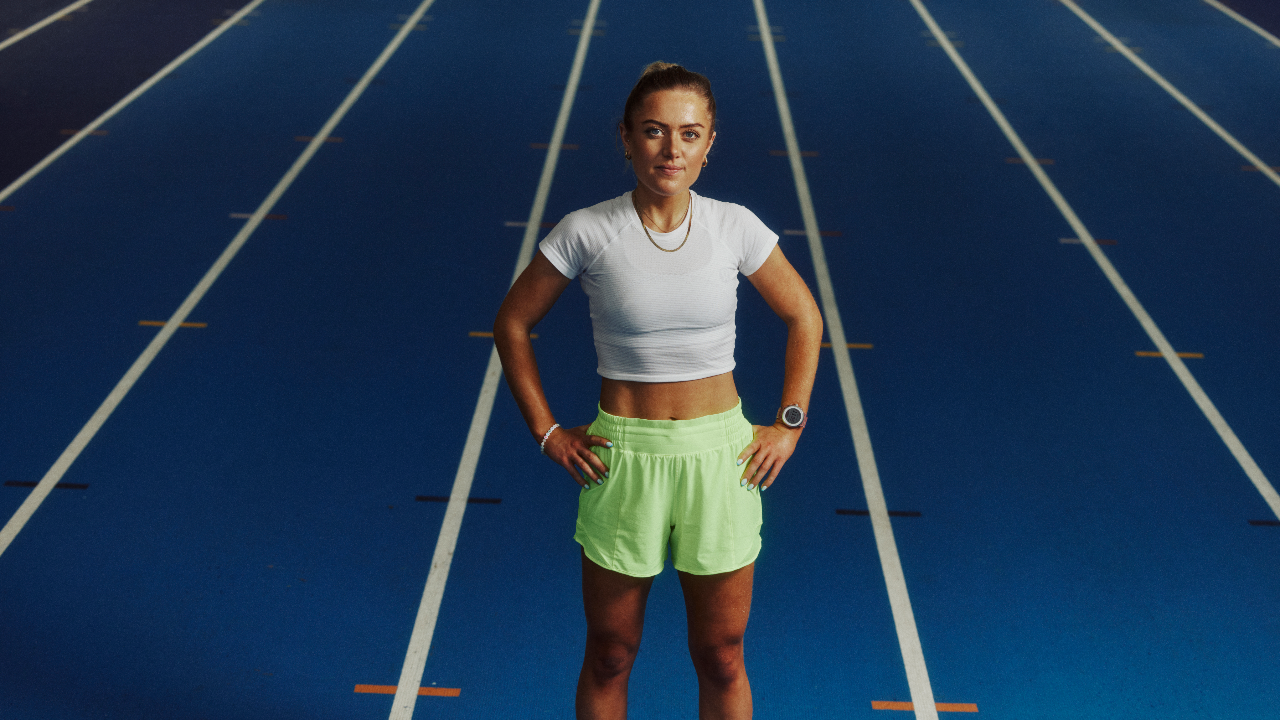
Iron is a vital mineral that contributes to the creation of red blood cells. Without these, oxygen cannot travel around the body to all of your organs. It’s also important for maintaining healthy skin, hair and nails, as well as helping to convert blood sugar into energy, benefiting muscles during exercise.
Requirements for iron vary depending on your gender, age and overall health. Women generally require more iron than men (14.8mg vs 8.7mg a day) because they lose blood during their menstrual cycles. After the menopause, women and men’s iron requirements tend to synchronise, with a standard daily requirement of 8.7mg for over 50s.
But which are the best foods that contain iron and what can you do if you suspect you have an iron deficiency? We spoke to Cristy Dean, dietitian for Fettle and Bloom, to find out what we should be putting on our plates.
Why Do We Need Iron?
Iron is one of the main nutrients the body needs to function properly. In particular, iron is a vital component in haemoglobin. This is the protein in red blood cells that transports oxygen throughout the body from your lungs. If your red blood cells are unhealthy or become damaged, you can begin to struggle with fatigue, and basic tasks may become more difficult and exhausting. This fatigue is often accompanied by what’s known as “brain fog”, which can lead to people feeling confused, forgetful and unable to focus.
Which Foods Contain Iron?
We can get iron from dietary sources and, as Dean explains, there are two different types.
“Iron exists in two forms: haem – found almost exclusively in meat – and non-haem, found in dark leafy greens, pulses, legumes, nuts and eggs,” says Dean. Haem iron is much more easily absorbed by the body than non-haem iron, making it easier to meet your iron requirements. However, if you follow a vegetarian or vegan diet there are ways to increase the absorption of non-haem iron too.
“Eating plant-based non-haem iron with foods containing vitamin C can help your body to absorb the iron more efficiently,” says Dean. One study even found that taking 100mg vitamin C with a meal could increase iron absorption by 67%. On the other hand, she says, “foods containing phytates, such as bran-containing cereals, or tannins, found in tea and coffee, make it difficult for your body to absorb all types of iron.”
Get the Coach Newsletter
Sign up for workout ideas, training advice, reviews of the latest gear and more.
- Liver
- Goose liver – 30.5mg per 100g
- Chicken liver – 8.99mg per 100g
- Veal liver – 6.4mg per 100g
- Nuts
- Cashews – 6.68mg of iron per 100g
- Pistachios – 3.92mg per 100g
- Pecans – 2.53mg per 100g
- Beans
- Red kidney beans – 6.58mg of iron per 100g
- Black beans – 5.34mg per 100g
- Pinto beans – 5.4mg per 100g
- Red meat
- Beef steak – 3.5mg of iron per 100g
- Lamb – 1.55mg per 100g
- Pinto beans – 5.4mg per 100g
- Vegetables
- Spinach – 2.71mg of iron per 100g
- Iron – 1.5mg per 100g
- Broccoli – 0.69mg of iron per 100g
- Eggs
- Whole chicken eggs – 1.67mg of iron per 100g
- Fish
- Mackerel – 1.63mg of iron per 100g
- Tuna – 1.02mg per 100g
- Salmon – 0.25mg per 100g
For a meal that packs a hit of iron, pick up a can of kidney beans to make this smoky aubergine vegetarian chilli, or make one of these four lamb recipes.

Symptoms Of Iron Deficiency
Women are at a higher risk of iron deficiency (also called iron deficiency anaemia or simply anaemia) because of the blood lost during their periods.
You’d be forgiven for thinking people who don’t eat meat would be more likely to be deficient, but that’s not necessarily so. “Vegetarians and vegans are at no greater risk of iron deficiency,” said Dr Daniel Fenton, clinical director at London Doctors Clinic, when he spoke to Coach about a vegan diet. “In fact, most people on plant-based diets actually get more dietary iron [although they] usually have lower ferritin levels, which is a marker of how much iron is stored in the body.
“This is because haem iron is absorbed in substantially higher quantities by the body than non-haem iron found in plant foods. This means that vegans have to eat substantially more non-haem iron to get the equivalent amount of iron from animal sources.”
Symptoms of iron deficiency include fatigue, dizziness, headaches, shortness of breath, heart palpitations, poor circulation to hands and feet, appearing pale or sallow, stunted growth in children or teens, and pain or soreness in joints and muscles. While any one of these symptoms alone is cause for concern, displaying several symptoms at once indicates that you should seek help from a health professional, who can perform blood tests to see if you have an iron deficiency.
Groups who are at particular risk of iron deficiency include:
- Pregnant women
- Women with heavy menstrual bleeding
- Frequent blood donors
- People with gastrointestinal issues, caused by restrictive diets, nutrient malabsorption in the gut, or even bleeding in the gastrointestinal tract
- Those undergoing chemotherapy
“The Scientific Advisory Committee on Nutrition advises having as healthy and balanced a diet as possible to meet dietary needs,” says Dean. “However, if you suspect a deficiency it is worth speaking to a doctor regarding supplementation.”

Lou Mudge is a health writer working across Coach and Fit&Well. She previously worked for Live Science, and regularly writes for Pet’s Radar. Based in Bath, UK, she has a passion for food, nutrition and health and is eager to demystify diet culture in order to make health and fitness accessible to everybody.
Multiple diagnoses in her early 20s sparked an interest in the gut-brain axis, and the impact that diet and exercise can have on both physical and mental health. She was put on the FODMAP elimination diet during this time and learned to adapt recipes to fit these parameters, while retaining core flavours and textures, and now enjoys cooking for gut health.









